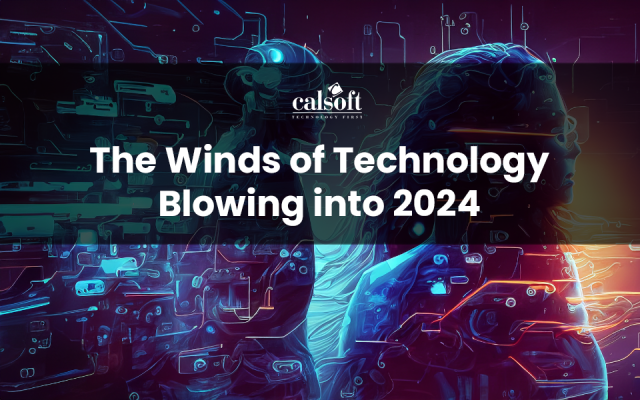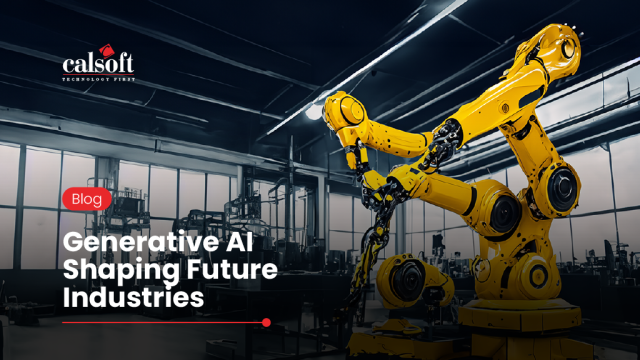Continuous Integration and Continuous Delivery (CI/CD) is the practice of merging codes in the central repository and automating the software release process. The most important reason for deploying a CI/CD pipeline is to get an efficient and clean code. Developers can ease the development process by automating the steps in the software development lifecycle with the help of the CI/CD pipeline as it eliminates manual errors; regulates the development cycles by including automation; and enables faster production.
To improve the speed and agility in the CI/CD pipeline, enterprises are choosing the public cloud, hybrid cloud, and Infrastructure-as-a-Service options, leading to security concerns and challenges in the CI/CD workflows. Traditional security practices cannot be implemented for protecting the CI/CD pipeline. Since the pipeline can expand the attacking surface for hackers, DevOps teams need to consider the security aspect at an early stage of software development. The application of DevOps practices in securing the CI/CD pipeline is called DevSecOps. Let’s understand the potential threats and challenges to the CI/CD pipeline that can bring the entire application, or in the worst-case scenario, an enterprise down.
Security challenges in the CI/CD pipeline
The CI/CD workflow challenges that can increase the risk to an application can be – lack of integrated and automated security testing tools, unreliable methods, and heavy and sluggish workflows.
A CI/CD pipeline exposes a larger attack surface due to its various components – repositories, servers, containers, and the various tools used to manage everything. Any security compromise in the CI/CD pipeline can compromise the entire system.
Workarounds due to insufficient tools can lead to inconsistencies in the testing process, opening the doors to more vulnerabilities through production. This whole situation is likely to create blockages by delaying the launch and risking the entire system.
Implementing security in the CI/CD pipeline
Lack of security practices in the CI/CD pipeline can expose the entire system to attackers. DevOps teams should study the entire pipeline and identify potential threats and loopholes by creating a set of practices to be followed while deploying a CI/CD pipeline. The practices that can be adhered to are:
- Engineering teams should develop their pipelines by blocking unauthorized access to host repositories, configuration managers, and build servers.
- Monitoring of the pipeline and complete transparency of the tools used in the pipeline can help detect any glitches instantly.
- Regular monitoring, auditing, and updates of the tools used in the pipelines is vital. Along with this, access to the repositories should also be examined and restrictions imposed to avoid attacks—both from insiders and outsiders.
- Confidential information such as log-in credentials, access codes, etc. should not be included in the scripts. It should be secured and audited regularly by a trusted manager only.
- Access to any part of the system should be restricted to authorized users only.
- A periodic check of logs for any changes, access by any unauthorized entries, should be maintained.
- Containerization of applications can increase the potential risk of attacks by exposing a larger surface and access points; hence, container security should be factored in at an early stage.
Conclusion
The CI/CD pipeline was built considering the speed and agility that it provided, but security was never taken into account. Hence, it becomes the responsibility of engineering teams to implement security practices in the pipeline, ensuring end-to-end protection of the ecosystem. DevSecOps teams are responsible for instilling security in the whole development process, right from the beginning of a project. This may help in dealing with a threat in a timely manner or even take preemptive security measures.






